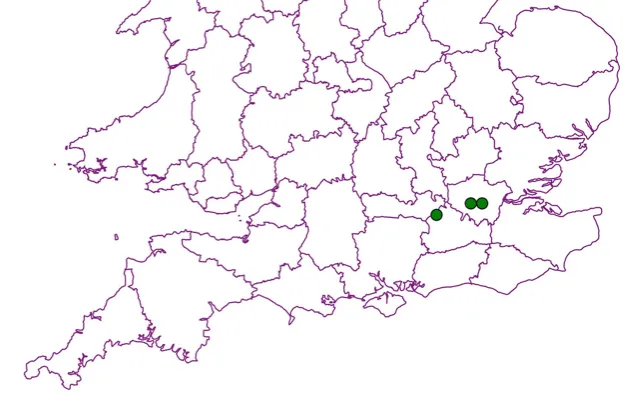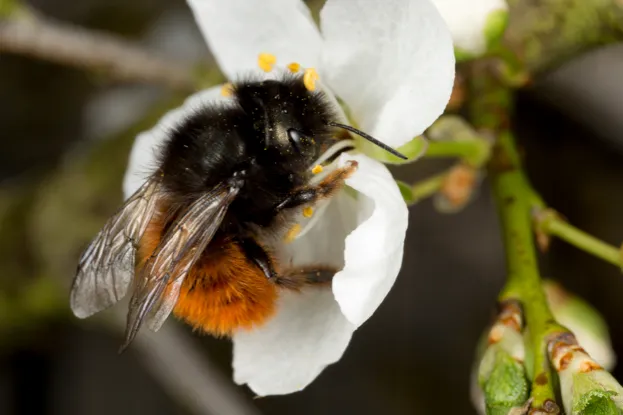Entomologists at the Bees, Wasps and Ants Recording Society (BWARS) are hoping to receive records of the white-faced mason bee (Osmia cornuta) this year.
In an appeal to naturalists and citizen scientists, they are asking for people to look out for this bee species, particularly around bee-hotels, which has only been recorded three times in the UK.
"If you do own a bee-hotel, particularly if you live in London or the surrounding areas, please keep a look out for the white-faced mining bee, especially if you notice 'early' activity around the tubes," asks BWARS.

The white-faced mason bee is very similar in appearance to the red mason bee (Osmia bicornis), a species which is commonly found in bee-hotels.
However, there are particular features that can be used to separate the two and the white-faced mason bee is active earlier in the year than the red mason bee.
The two sightings of the white-faced mason bee from 2017 were before mid-March, but it can be active into April.

"Males in particular will spend a lot of their time hanging around the nest tubes," says Matt Smith from BWARS, "flying up and down looking for females and should be quite easy to spot on sunny days."
The white-faced mason bee is sometimes known as the European orchard bee, although it is not restricted to orchards.
Click here to find out more about white-faced mason bee and how to identify it
Main image: A male white-faced mason bee. © P-Jean Quenot

